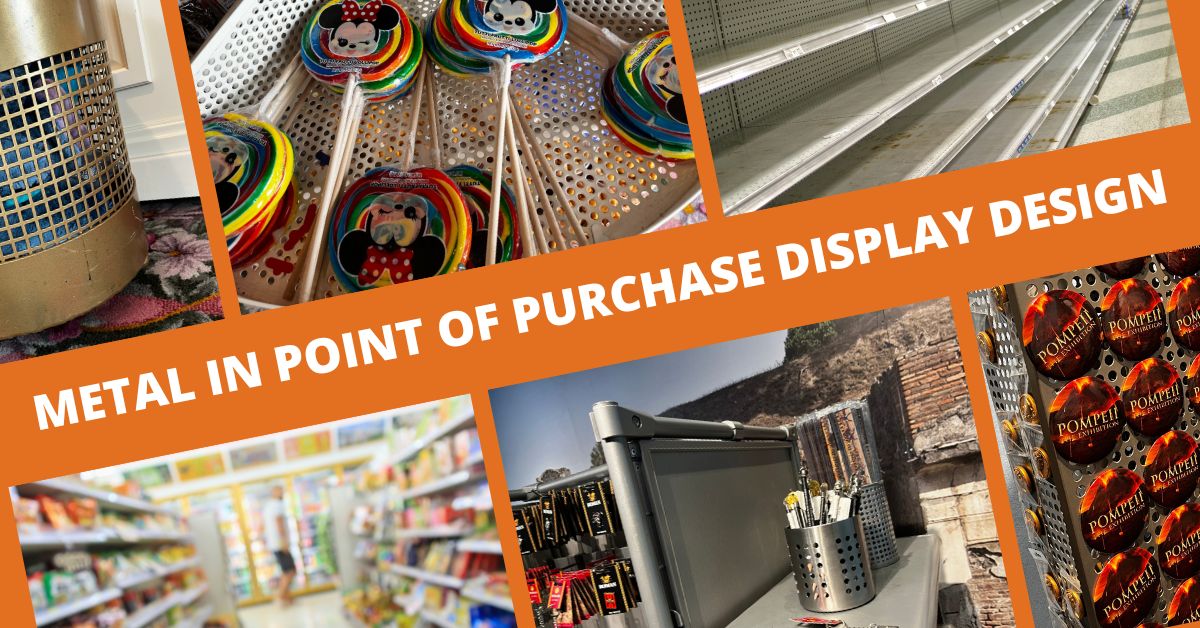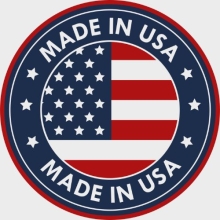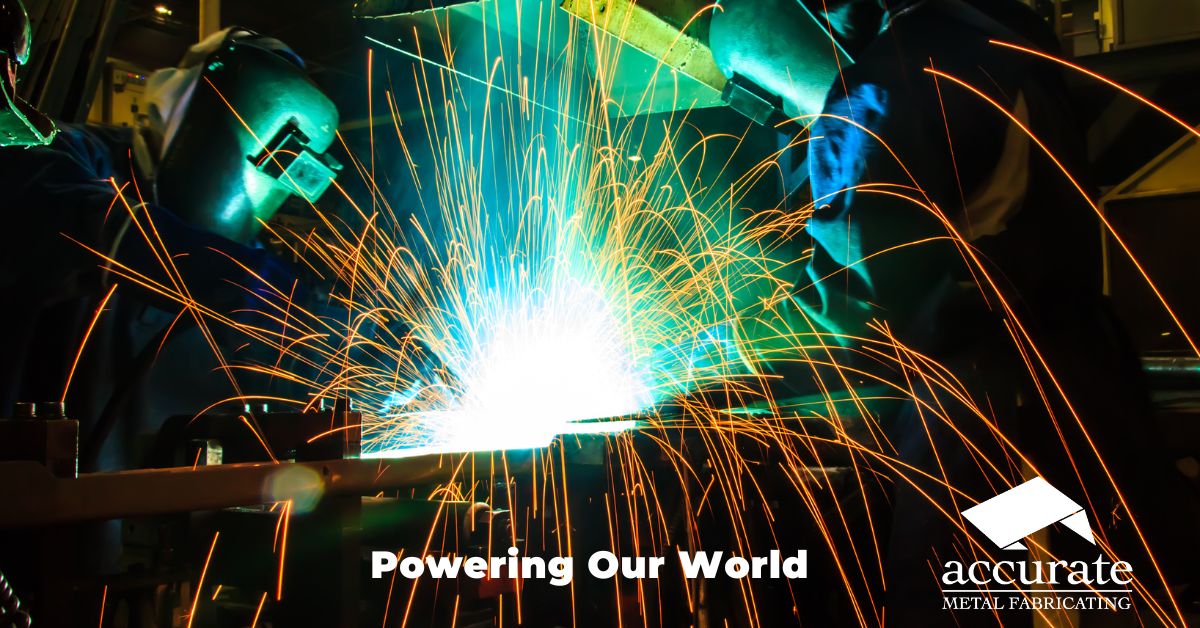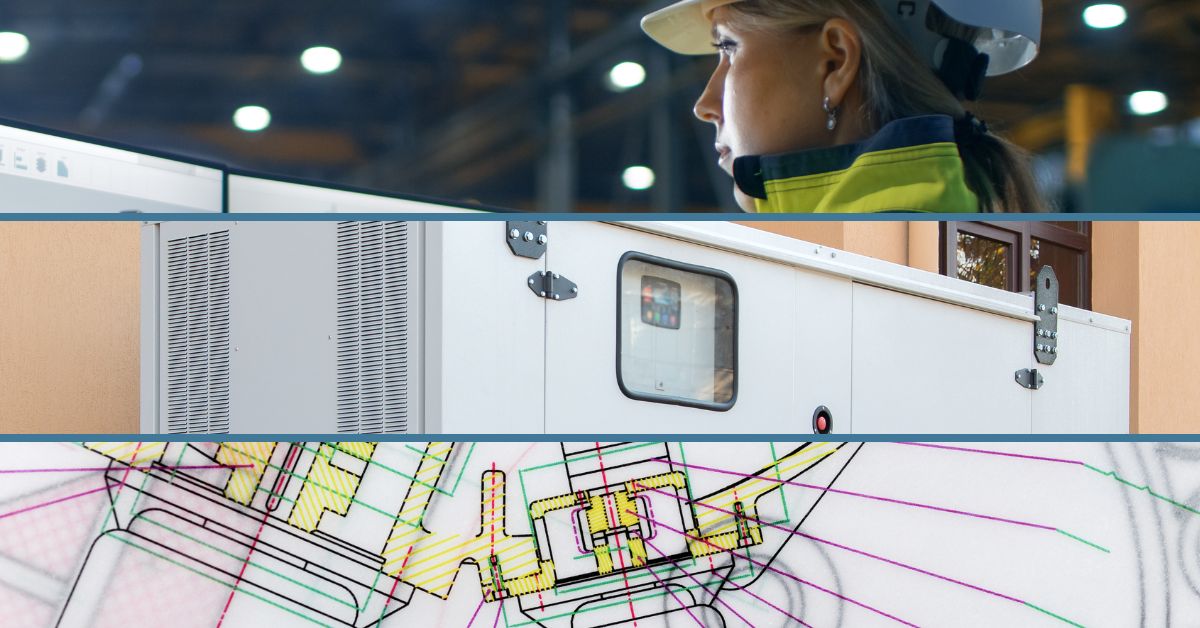How to Plan An EV Road Trip This Summer

As summer is upon us, it's nice to have the opportunity to get out on the open road and explore the countryside. "Back in the day," this was pretty easy. Just load up your car and go. There were plenty of gas stations along the nation's highways where everyone could fill up their car of choice – and fast, too. After all, for many, it's the destination, not the journey, that matters. But with the push to be more environmentally friendly, many people are turning to electric vehicles as their primary mode of transportation. While EVs work well as a daily driver (since most of us can plug them in when we get home), planning an EV road trip can be challenging. As of the time of this writing (June 2024), the EV Charger infrastructure is just starting to be built out. And frankly. It will take years to reach the same level of saturation as gas stations.
Until EV chargers are on every corner, taking your electric car on the open road requires more planning. Think of it as an "old school" road trip. Before Google Maps was around, you had to plan an efficient route from point A to point B. The mapping program has eliminated that and allowed us to be more spontaneous. But with EVs, we must go back to basics and plan our next trip.
How to Find a Charger On The Road

We all fear the unknown, and that's really what the lack of chargers in the market is – an unknown. Since they aren't everywhere, it can be scary to know where to go when you are in an electric vehicle. Even with current gas cars, someone can bring you some for a quick fill-up if you run out of gas. That's not the case currently with EV. Thankfully, we aren't alone in finding chargers, and several excellent websites already map where the next charger will be. Here are a few of them to consider.
Plugshare: First on the list is a well-known app and website called PlugShare. This platform and mobile app allow electric vehicle (EV) owners to locate and review charging stations. It provides a comprehensive map of charging locations worldwide, enabling users to find nearby stations, check availability, and read reviews from other users. PlugShare also offers information on charging station types, connector compatibility, and pricing, helping EV drivers plan their routes and ensure access to charging facilities. The EV community widely uses the app and supports various charging networks.
EVGo: EVGO is one of the largest public electric vehicle (EV) fast-charging networks in the United States. It operates a network of DC fast chargers compatible with all major EV models, providing quick, convenient charging for EV drivers. EVgo stations are typically located in high-traffic areas such as shopping centers, grocery stores, and other public locations, making it easy for users to charge their cars while traveling.
ABRP: A Better Route Planner (ABRP) is a popular tool for electric vehicle (EV) owners to plan long-distance trips. It helps users find the most efficient routes, accounting for factors specific to electric cars.
One thing to remember about the tools above is that they don't provide GPS guidance to help you navigate. There are ways to help you map a direction and choose routes with high charger density along the way. Planning will give you an appreciation for some of our modern mapping techniques and help you familiarize yourself with the charging landscape when you are outside your regular dwellings. Adventures are fun, but you should always plan them. There are more tools available. These are just some of them!
Waiting to Juice Up During Your EV Road Trip
One of the current benefits of "gassing up" your car is how quickly it is. Theoretically, you can pull into a station, pay and pump your gas, and be back on the road in under five minutes if you want to. Today, that's not the case with EV Chargers. For Fast-Chargers, it can take 30 minutes or more to reach a full charge as you head back on the road to your destination. That means you must return the "trip" to "road trip"! Using the apps and navigation tools such as Google Maps or Apple Maps, you can plan a successful road trip with stops along the way. During these stops, you can explore quaint downtowns or check out a local restaurant you might have passed by. While the highway system helped many bypass these small towns, EVs have allowed us to revisit them and explore them. And as you explore, the time goes quickly – and soon enough, you'll be back to full strength with your EV!
Of course, when you are finished for the day, call ahead to the local hotel where you'll be staying to ensure they have open charging stations for you to recharge. You should also review their policies before leaving your car there overnight. In many cases, there are more cars than charging stations, so everyone should be respectful of others. When you are done charging, unplug and park in a typical spot so others can use the station.
A Successful Road Trip In an Electric Vehicle Starts With Planning
It's not impossible to take a long road trip in an EV currently. While there are some added wrinkles to the process, as we've mentioned throughout this piece, with some planning, you can head out on the road this summer with confidence in your electric vehicle. Not only are you helping the environment with a low-emission mode of transportation, but you are also bringing back the lost art of planning a road trip – and how much fun it can be with your family. As the power generation market heats up, taking your EV on the road in the coming years will only get easier. Right now, you're a pioneer venturing out and setting a path on your vacation.
The road trip has made a comeback with EVs at the forefront. Let's hit the road this summer and continue to explore.





